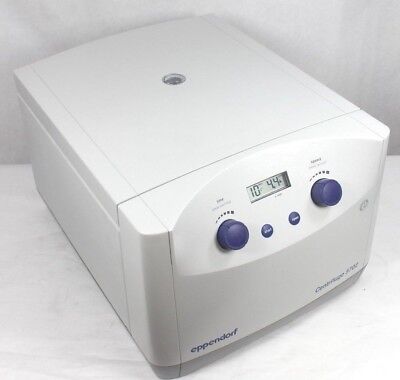@lobelsteve and
@Ducttape are going to be pissed...
Intra-Articular Injection of Platelet-Rich Plasma Is More Effective than Hyaluronic Acid or Steroid Injection in the Treatment of Mild to Moderate Knee Osteoarthritis: A Prospective, Randomized, Triple-Parallel Clinical Trial
by Dawid Szwedowski 1,2,*ORCID,Ali Mobasheri 3,4,5,6ORCID,Andrzej Moniuszko 7,Jan Zabrzyński 8ORCID andSławomir Jeka 9
1
Orthopedic Arthroscopic Surgery International (O.A.S.I.) Bioresearch Foundation, Gobbi N.P.O., 20133 Milan, Italy
2
Department of Orthopaedics and Trauma Surgery, Provincial Polyclinical Hospital, 87-100 Torun, Poland
3
Research Unit of Medical Imaging, Physics and Technology, Faculty of Medicine, University of Oulu, FI-90014 Oulu, Finland
4
Department of Regenerative Medicine, State Research Institute Centre for Innovative Medicine, Santariskiu 5, LT-08406 Vilnius, Lithuania
5
Departments of Orthopedics, Rheumatology and Clinical Immunology, University Medical Center Utrecht, 3508 GA Utrecht, The Netherlands
6
Department of Joint Surgery, The First Affiliated Hospital, Sun Yat-sen University, Guangzhou 510080, China
7
Department of Internal Medicine and Gastroenterology with Inflammatory Bowel Diseases Unit, Central Clinical Hospital of the Ministry of the Interior and Administration, 02-507 Warsaw, Poland
8
Department of General Orthopedics, Musculoskeletal Oncology and Trauma Surgery, University of Medical Sciences, 61-701 Poznan, Poland
9
Department and Clinic of Rheumatology and Connective Tissue Diseases, University Hospital No. 2, Collegium Medicum UMK, 85-168 Bydgoszcz, Poland
*
Author to whom correspondence should be addressed.
Academic Editor: JaiHong Cheng
Biomedicines 2022, 10(5), 991;
Intra-Articular Injection of Platelet-Rich Plasma Is More Effective than Hyaluronic Acid or Steroid Injection in the Treatment of Mild to Moderate Knee Osteoarthritis: A Prospective, Randomized, Triple-Parallel Clinical Trial
Received: 23 March 2022 / Revised: 22 April 2022 / Accepted: 23 April 2022 / Published: 25 April 2022
(This article belongs to the Special Issue Advanced Molecular Research on Pathology, Prevention, Diagnosis and Treatments for Knee Osteoarthritis)
Abstract
Purpose: To prospectively compare the efficacy and safety of intra-articular injections of platelet-rich plasma (PRP) with hyaluronic acid (HA) and glucocorticosteroid (CS) control groups for knee osteoarthritis (KOA) in a randomized, triple-parallel, single-center clinical trial. Methods: A total of 75 patients were randomly assigned to one of three groups receiving a single injection of either leukocyte-poor platelet-rich plasma (25 knees), hyaluronic acid (25 knees), or glucocorticosteroid (25 knees). The Western Ontario and McMaster Universities Osteoarthritis Index (WOMAC) score was collected at baseline and 6, 12, and 26 weeks after treatment.
Results: After 6 weeks of PRP administration, a decrease in the mean WOMAC value was observed in all three study groups. Three months after administration, the greatest decrease in the mean WOMAC value was obtained in the PRP group. The results in the HA and CS groups were similar (p = 0.681). In the one-way analysis of variance and post hoc analysis using the HSD Tukey test, a significantly greater improvement was shown by comparing the PRP and CS groups (p = 0.001), and the PRP and HA groups (p = 0.010). After intra-articular injection of CS, the reduction in pain was greatest 6 weeks after administration, and the mean value was the lowest among all groups. During subsequent visits, the value of the pain subscale increased, and after 6 months, it was the highest among the studied groups. Using the Wilcoxon paired test, no PRP effect was found to reduce stiffness at the 6-month follow-up (p = 0.908).
Functional improvement was achieved in all groups, i.e., a decrease in the value of this subscale 6 months after administration. The largest decrease was seen in the group that received PRP (p < 0.001) and then in the HA group. The smallest decrease among the investigated methods was shown in the CS group. Conclusions:
Intra-articular injections of PRP can provide clinically significant functional improvement for at least 6 months in patients with mild to moderate KOA which is superior to HA or CS injections.
Keywords: knee osteoarthritis; injections; intra-articular; osteoarthritis; platelet-rich plasma; viscosupplementation; glucocorticosteroids

